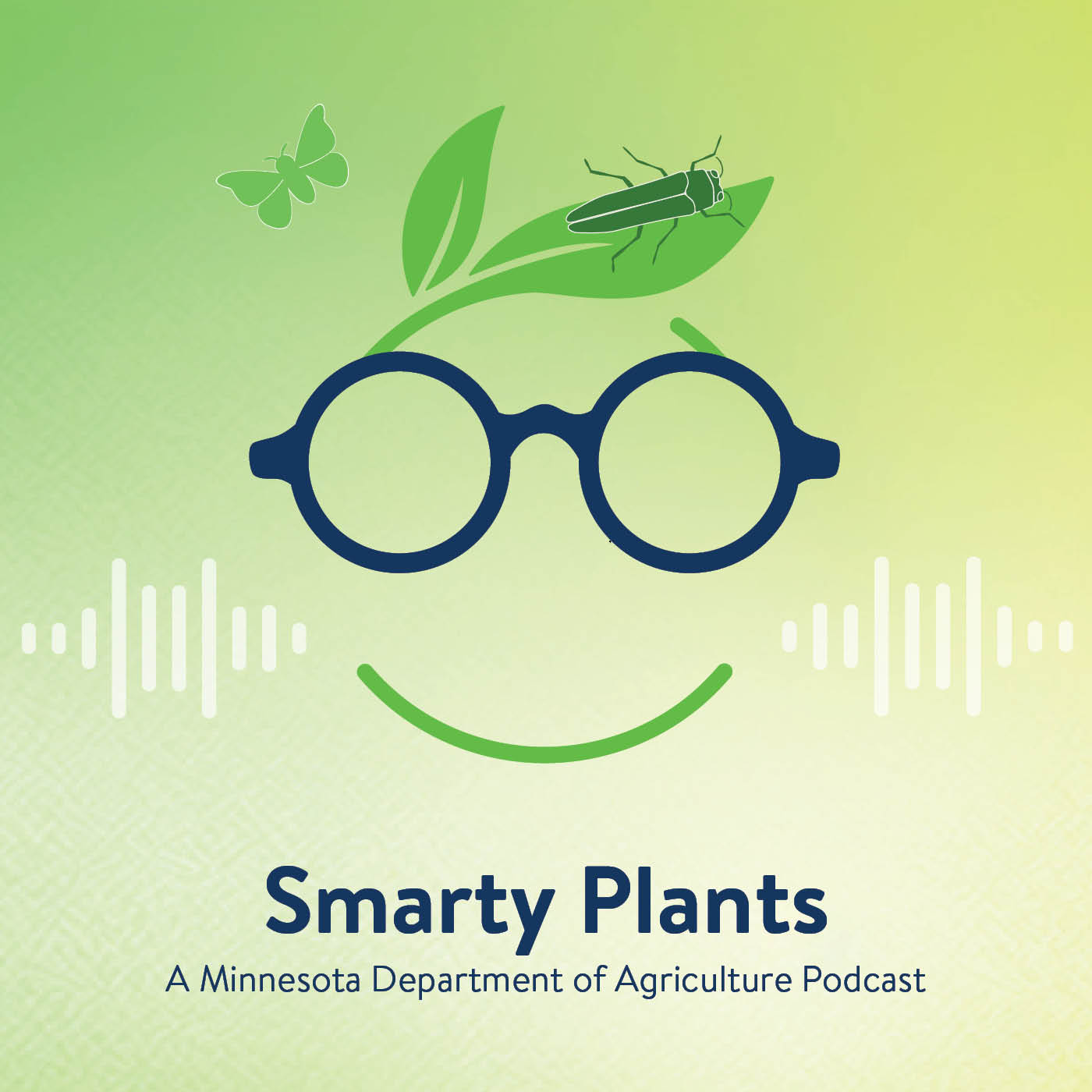The application of nitrogen fertilizer in the fall and on frozen soils will be restricted in areas with vulnerable groundwater or DWSMAs that are at or exceed 5.4 mg/L nitrate-nitrogen. An area with vulnerable groundwater is an area where nitrate can move easily through soil and into groundwater.
The criteria used to determine vulnerability include coarse textured soils, karst geology, or shallow bedrock. View the interactive Vulnerable Groundwater Area Map to see where application of nitrogen fertilizer will be restricted. Vulnerable quarter sections are shown in purple and DWSMAs are in green on the map.
In areas where 50% or more of the quarter section has vulnerable groundwater or is in a DWSMA, with high nitrate, applications of nitrogen in the fall and on frozen soils will not be allowed in the entire quarter section. If less than 50% of the quarter section has vulnerable groundwater, the restrictions do not apply.
Updated 4/21/2025
When using pesticides in Minnesota, it’s important to know who to contact when you have questions regarding regulations, registration, or other concerns. The MDA offers specialized resources to help guide pesticide users through the process and ensure compliance with state laws. Here’s a quick guide to who to contact at the MDA for specific pesticide-related questions: Who to contact at MDA for pesticide questions (University of Minnesota Extension - Minnesota Crop News)
Updated 4/21/2025
When using pesticides in Minnesota, it’s important to know who to contact when you have questions regarding regulations, registration, or other concerns. The MDA offers specialized resources to help guide pesticide users through the process and ensure compliance with state laws. Here’s a quick guide to who to contact at the MDA for specific pesticide-related questions: Who to contact at MDA for pesticide questions (University of Minnesota Extension - Minnesota Crop News)
Updated 4/21/2025
Unmanned Aerial Vehicles (UAVs), commonly known as drones, are transforming the way pesticide applicators manage field crops. Using UAVs for pesticide spraying allows applicators to make more precise applications and reduce input costs. However, before you can use a UAV for pesticide application, you’ll need to meet several important license or certification related requirements. Here's what you need to know to get started: Getting Started with UAVs for Pesticide Applications (University of Minnesota Extension - Minnesota Crop News).
Updated 4/21/2025
Unmanned Aerial Vehicles (UAVs), commonly known as drones, are transforming the way pesticide applicators manage field crops. Using UAVs for pesticide spraying allows applicators to make more precise applications and reduce input costs. However, before you can use a UAV for pesticide application, you’ll need to meet several important license or certification related requirements. Here's what you need to know to get started: Getting Started with UAVs for Pesticide Applications (University of Minnesota Extension - Minnesota Crop News).
No. The grant is intended for partner organizations to assist small- to medium-sized meat and poultry processors with hiring and training new processing employees. Grocery stores looking for future grant opportunities may consider exploring the Good Food Access Program.
No. The grant is intended for partner organizations to assist small- to medium-sized meat and poultry processors with hiring and training new processing employees. Grocery stores looking for future grant opportunities may consider exploring the Good Food Access Program.
Smarty Plants Podcast
 Discover Smarty Plants, the Minnesota Department of Agriculture's podcast that digs into the fascinating world of invasive species. Join expert guests as they share insights and solutions to protect our environment and agricultural resources. Visit Smarty Plants and start listening today.
Discover Smarty Plants, the Minnesota Department of Agriculture's podcast that digs into the fascinating world of invasive species. Join expert guests as they share insights and solutions to protect our environment and agricultural resources. Visit Smarty Plants and start listening today.
Smarty Plants Podcast
 Discover Smarty Plants, the Minnesota Department of Agriculture's podcast that digs into the fascinating world of invasive species. Join expert guests as they share insights and solutions to protect our environment and agricultural resources. Visit Smarty Plants and start listening today.
Discover Smarty Plants, the Minnesota Department of Agriculture's podcast that digs into the fascinating world of invasive species. Join expert guests as they share insights and solutions to protect our environment and agricultural resources. Visit Smarty Plants and start listening today.

